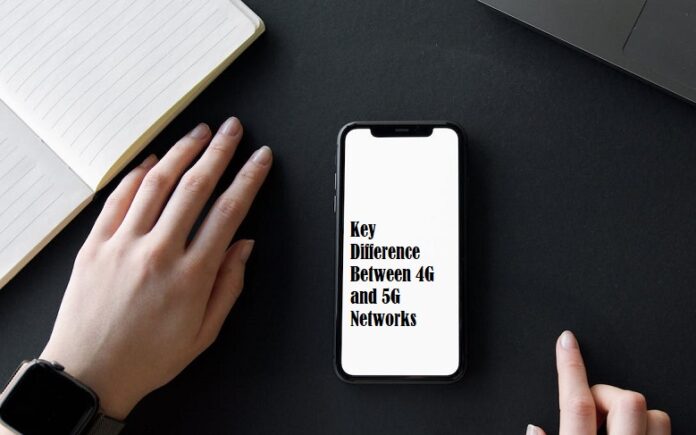From the earliest 2G mobile networks to the widespread acceptance of 4G, the development of mobile communication networks has been an amazing journey. However, the emergence of 5G technology has resulted in a number of important adjustments and advancements.
Speed Difference
Table of Contents
One of the key distinctions among 4G and 5G networks is rate, or speed. 5G promises tremendously high speeds that can reach up to 20 Gbps, whereas 4G generally provides average speeds between 100 Mbps and 1 Gbps. This huge speed increase enables 5G networks to easily support data-intensive applications, for instance, virtual reality and 4K video streaming. You can also check your network speed using trusted and reliable tools, for instance, Speed Test.
Latency
5G networks have far reduced latency than 4G networks. The time interval data consumes to go from its source to its destination and back is known as latency. The latency of 5G networks can be as low as 1 millisecond or less, in contrast to the average delay of 4G networks of 30 to 50 milliseconds. Applications requiring immediate interaction, including driverless vehicles and remote surgery, depend on this almost instantaneous response time.
Network Capacity and Efficiency
5G networks are built to support a substantially higher number of devices at once. This is made possible by modern technologies like beamforming and Massive MIMO, which allow 5G networks to efficiently distribute resources to numerous devices in densely populated locations. As a result, 5G networks can offer a more dependable and consistent user experience even in crowded areas. AT&T‘s 5G network exemplifies network capacity and efficiency, ensuring a reliable user experience in crowded locations.
Spectrum and Frequency Bands
The spectrum and frequency ranges that 4G and 5G networks employ represent another key distinction between them. In contrast to 4G, which mostly uses lower frequency bands (below 6 GHz), 5G makes use of a wider spectrum, including higher frequency bands like millimeter waves (mmWave), which have a frequency range of 24 to 100 GHz. Faster data speeds are possible due to the greater bandwidth provided by these higher frequency bands. They need more extensive infrastructure deployment, though, and have a limited range.
Energy Efficiency
5G networks more energy efficient. In the IoT age, where many devices are anticipated to be constantly linked to the network, this is crucial for increasing the battery life of mobile devices. 5G accomplishes this by maximizing the use of network resources and minimizing energy usage while not in use.











